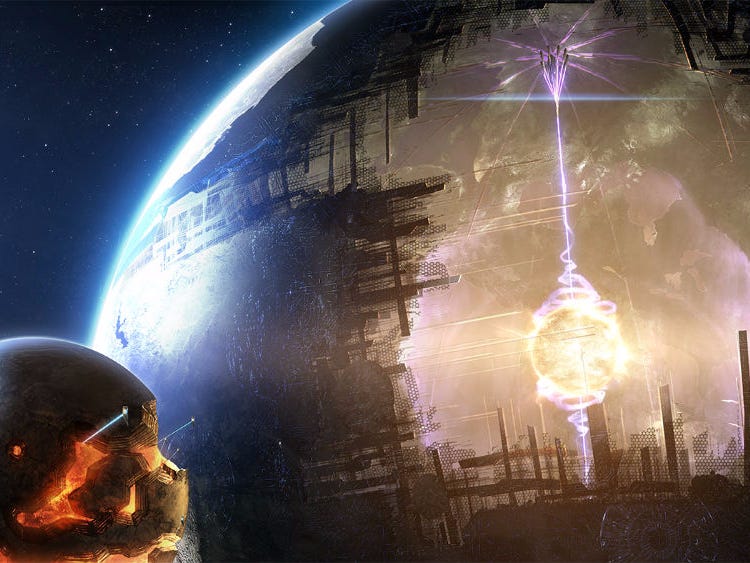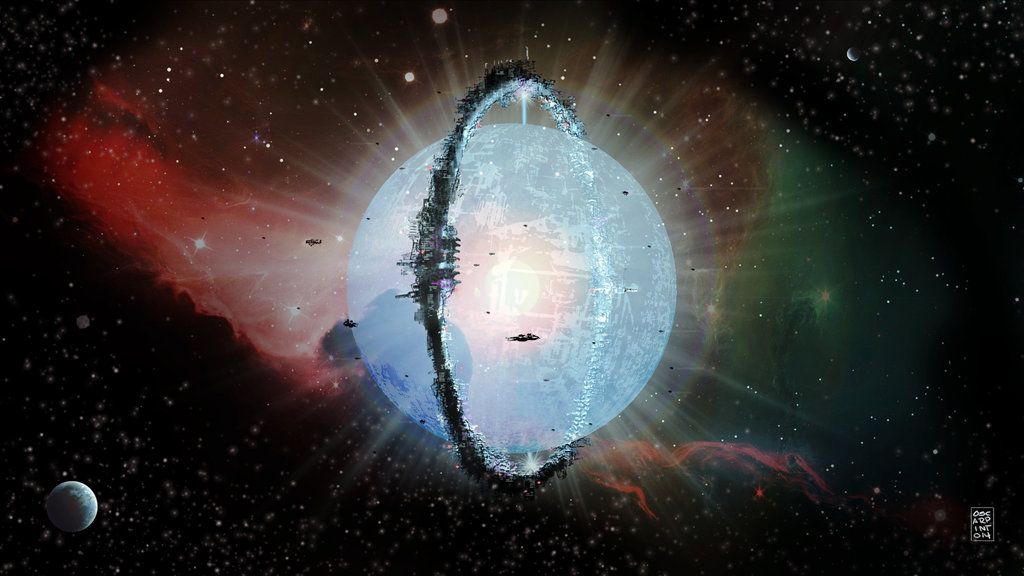Astronomers Just Found a SECOND ‘Dyson Sphere’ Star

Amongst the far reaches of space, there resides a mysterious alien star whose odd variations in brightness and tendency to dim inexplicably have left scientists baffled for several months.
Called the KIC 8462852, or Tabby’s Star, the alien sun seemed to dim up to 22% over the course of the century, leading scientists to believe that something massive was passing in front of it. Some even speculated that a Dyson Sphere megastructure could have been constructed around the star by advanced alien lifeforms.

Astronomers have now come across another star sporting those same odd light variations, and scientists are beginning to formulate an explanation. Dubbed EPIC 204278916, this second star is about the size of our Sun in diameter, but with only half its mass.
Discovered by NASA’s Kepler spacecraft in 2014, a team of astronomers has been keeping a close eye on its dips in light, finding them even more perplexing than those of KIC 8462852.
The team of astronomers, led by Simone Scaringi from the Max Planck Institute for Extraterrestrial Physics in Germany, reported that, over 78.8 days of observations, EPIC 204278916 showed irregular dimming that was up to 65 percent for an estimated 25 consecutive days.
The scientists were baffled. Something as large as a huge planet orbiting a star can cause it to dim a mere 1 percent. This made them wonder what could possibly be large enough to cause a dimming of a whopping 65 percent. They came up with three explanations:
1. The first explanation seemed plausible — the large and irregular light curves are the result of a massive swarm of comets orbiting the star.
2. The second also seemed plausible — it’s simply a distorted star that spins so fast, it becomes oblate, which means it has a larger radius at the equator than it does at the poles.
3. The third explanation was a not-so-plausible one — the dimming is caused by a Dyson Sphere, which is a gigantic sphere made of solar panels that encircle a star in its entirety. This type of answer is only found in science fiction stories.
Researchers have pretty much rejected the distorted star hypothesis, and a study back in January discovered that, for a star to dim about 20 percent over the course of an entire century, it would need some 648,000 comets, each roughly 200 kilometers wide, to have transited it.
As for the dust disk, the German team behind the new EPIC 204278916 observations thinks its massive dips in the light curve may be the result of a rotating disk of dense gas and dust that we see edge-on from Earth, as opposed to at an angle like we usually do. This means it’s both blocking the light from the star at specific times and doing so at an angle that blocks its own infrared radiation.
A protoplanetary disk tends to surround a newly formed star, making this explanation plausible since EPIC 204278916 appears to be no older than 11 million years — still relatively young, especially in comparison to our Sun, which is estimated to be around 4.5 billion years old.

“Many disks are very thin, and we’re used to seeing them at an angle. However, every once in awhile, we’re bound to be aligned with a star that has its disk oriented edge-on to us, which means that any infrared radiation would be invisible,” explained Ethan Siegel. “Young Stellar Objects (YSOs) are known to have the large flux dips that this weird star has, and they’ve recently been shown to come in a variety of inclination angles.”
Siegel believes the hypothesis could also be applied to KIC 8462852 since many astronomers have argued that it is also relatively young.
“If this star turns out to be younger than is generally accepted (which many professional observers think it is), if it has a disk that happens to be edge-on (so we don’t see the infrared flux), and if there’s either a warped inner disk or cometary-like debris, then what we’ve discovered is a new stage in the early evolution of a class of stars!” said Siegel.




